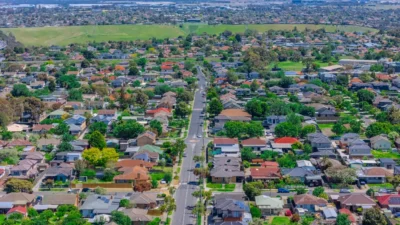How Asian cities are catering to the public
Cracking the collaboration conundrum between governments and private developers remains a pipe dream in Asia—nonetheless, investment in public facilities is rising
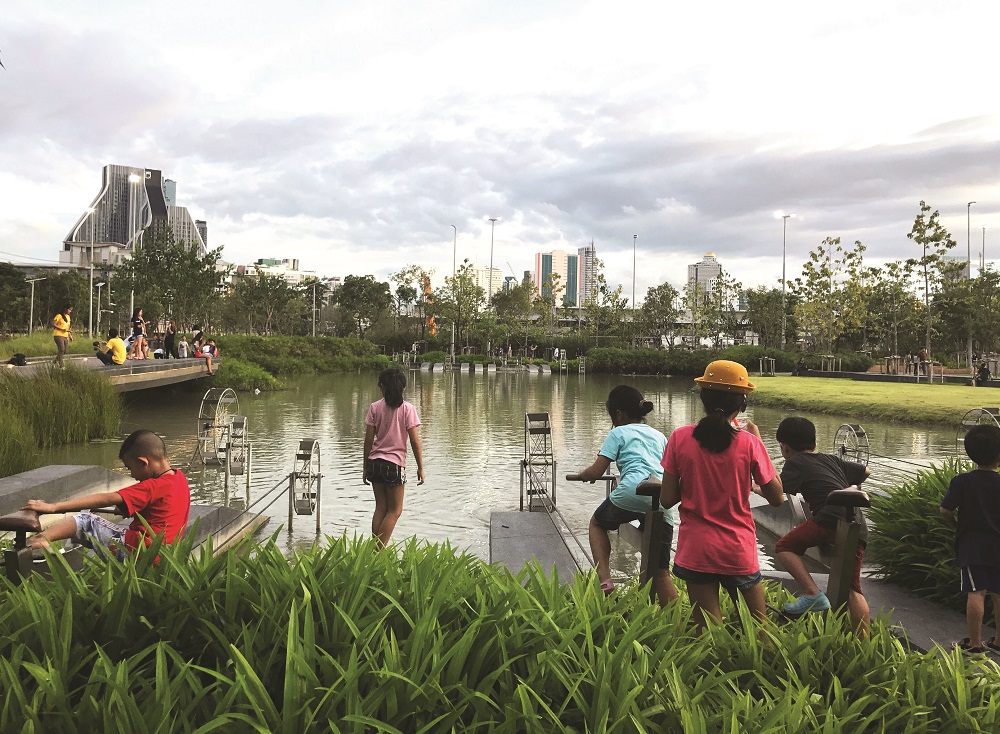
When Colombo’s Beira Lake Intervention Area Development Plan reaches completion in 2035, it will end over 40 years of planning to transform the Sri Lankan capital’s waterfront.
Private developers, governmental departments, and no shortage of overseas investors are working to regenerate an area spanning four square kilometres—roughly 15 percent greater than New York’s Central Park—into a community featuring everything from schools, hospitals and parks, to high-end apartments, shopping malls, hotels, and even a light railway service.
The current wave of development went into full steam in November 2017, winning 2018’s Asia Property Award for Best New Public Facilities in the Sri Lanka region, but the plans for Beira Lake, now rebranded as Ran Masu Pura, actually go back to 1993. Changes in central governments, funding problems, planning regulations, shifting technological requirements, and the relocation of an existing community have each contributed to the vast timeframe.
Beira Lake is indicative of problems faced throughout the region when governments work alongside private developers, architects, and design firms on civic projects. But there are signs that investment in public facilities in Asia—from parks and airport terminals to transportation systems and elevated walkways—is growing.
In Indonesia, the Ministry of Public Works and Housing was awarded for its work around the Asian Games 2018, channelling the investment that comes from international sporting competition into new public infrastructure projects and renovating existing buildings across West Java.
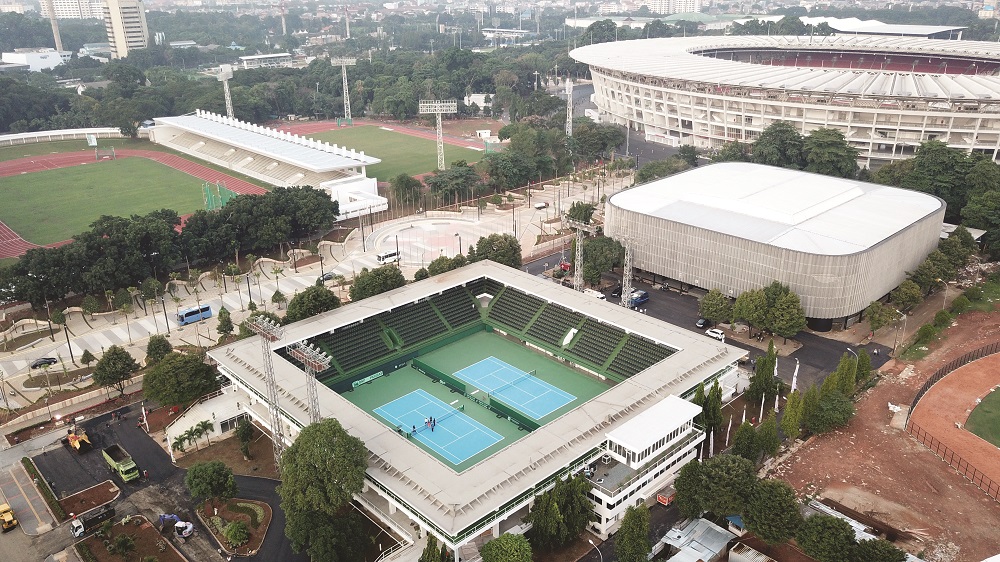
In Bangkok, Chulalongkorn University’s (CU) Centenary Park—opened in March 2017 to celebrate the university’s 100th anniversary—is the downtown city’s largest public park in over 30 years, praised by the Asia Property Awards judges for its pioneering waste-water management solutions.
The same movement is at work in Singapore. Stephen Caffyn Landscape Design’s Learning Forest @ Singapore Botanic Gardens was awarded for expanding upon Singapore’s oldest botanical gardens with new educational and interactive facilities—all designed to complement a revitalised network of wetlands, whose different species of flora have been expanded from roughly 100 to over 700.
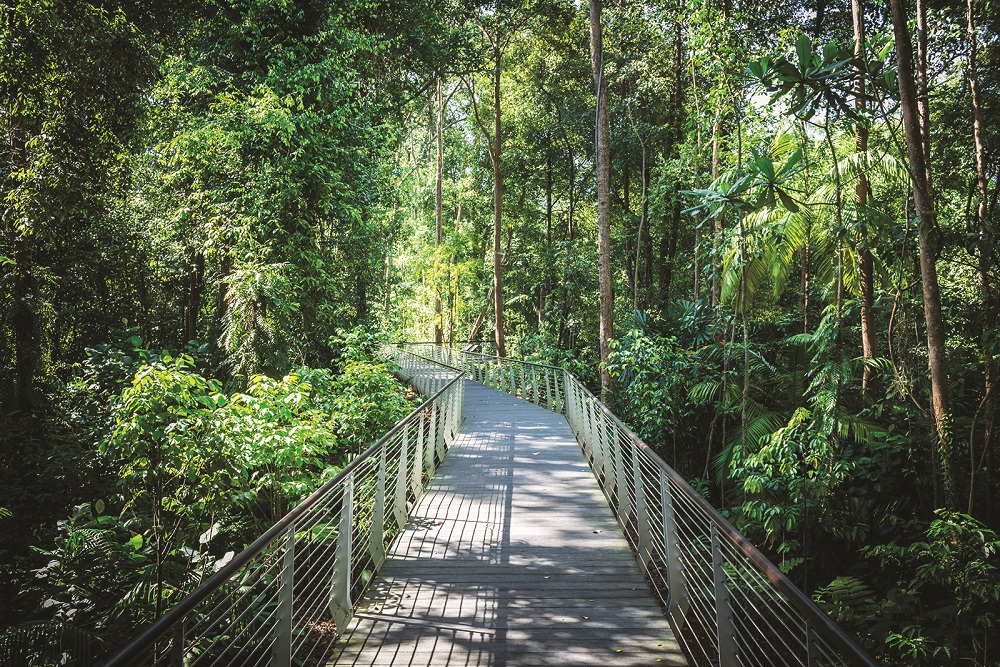
These projects and more like them illustrate public facilities development in Asia moving in two different directions: one, governed by developed, well-funded governments willing to invest in public services; the other, reliant upon private investors whose commercial objectives have the potential to improve public infrastructure.
Beira Lake falls in the second category, with funding largely drawn from the private sector—but that may not be a bad thing for Colombo. “What’s happened around Beira Lake is absolutely positive,” says Roshan Madawela, CEO and founding director of Sri Lankan development consultancy firm Research Intelligence Unit. “The area had a reputation for a bad smell. Parts of Colombo you are advised not to step out of the car. Put it this way: if you could avoid it, you would.”
Now, the area has luxury condominiums like the 50-storey Capitol Twin Peaks and a Shangri-La hotel—big buildings with potentially big profits for their developers. Meanwhile, government investment in the scheme has been minimal. In 2016, the project was granted just LKR1.35 billion of public funding, or USD7.4 million, according to Sri Lanka’s Daily FT newspaper.
“It’s largely the private sector driving the economy,” points out Madawela. “Many feel it’s despite the efforts of the government that the private sector makes those advances. This particular project’s infrastructure cannot all be private, the government signs off with the IMF World bank for funding, but having said that, there is lots of private sponsorship, both local and international.”
As in Colombo, Bangkok’s greatest public facilities projects are often not government-led. CU Centenary Park exists thanks to Chulalongkorn University, which controls a large portion of the land in central Bangkok’s Siam-Sam Yan area. Initiating the project in 2015, the university’s president, Prof. Dr. Pirom Kamolratanakul, described it as “a gift from us to the public.”
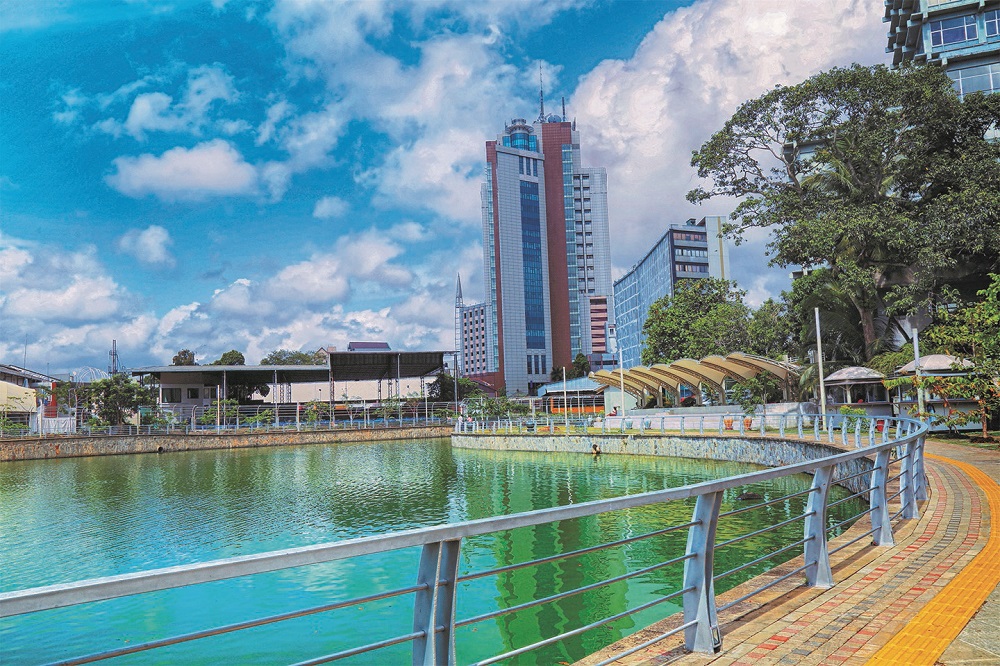
Area Development Plan aims to regenerate and transform the Sri Lankan capital’s lakeside areas by 2035
Bangkok-based landscape architecture firm Landprocess designed the area not only as a park, but as a flood prevention system for the surrounding neighbourhood. According to its architect, Kotchakorn Voraakom, CU Centenary Park has the ability to absorb flood water that then gets recycled for the park’s ponds and irrigation. The main lawn, built on a slope to funnel flood water into an underground water-retention system, provides space for outdoor classrooms. At the park’s eastern end sits a giant U-shaped pavilion beneath a green roof system.
“All of the university’s committees feature ajarn [professors] who are experts in their fields—engineering, transport, environment, water management—so they have very high expectations,” says Kotchakorn. “It took five years of compromises and redesigns for all these decisions to be made.”
Another Bangkok landscape architect, Yossapol Boonsom of Shma design, whose firm also bid for the design of CU Centenary Park, says that Chulalongkorn is uniquely positioned to implement civic-minded public projects that the government otherwise would not—a role, he says, the university has not always embraced. “To change the behaviour of most developers, you need tax policies and incentives which we haven’t seen from our government,” says Yossapol. “Chula has the authority to develop on its own guidelines. They are a pillar of the country so there’s a need to come up with something better than the city standard. We haven’t seen that from Chula in the past… CU Centenary Park might be a milestone moment in offering something besides commercial development.”
Yossapol compares Bangkok to Singapore, where government-led incentive programs for developers have encouraged the building of new public services and green spaces. “In Singapore developers must earn the right to build more through providing sufficient green space and green walls. That’s never been implemented in Bangkok,” he points out.
Singapore’s Building and Construction Authority (BCA) often receives praise amid designers across the region for the incentives it offers for responsible, civic-minded, and ecological design practices. Its Green Mark scheme, for example, in place since 2005, offers cash incentives to any developer who achieves a Gold standard or above for environmental building practices.
More: Singapore’s former budget terminal takes flight
“Urban Redevelopment Authority land bid guidelines and various BCA assessments such as the Green Mark requirement promote and incentivise high green plot ratio development,” says Henry Woon, director of environmental design consultancy Atelier Ten’s Singapore office. “These are very effective in pushing developers to implement green spaces.”
One of 2018’s Asia Property Awards winners for the Singapore region, the Learning Forest @ Singapore Botanic Gardens by Stephen Caffyn Landscape Design, received SGD35 million (USD25.7 million) worth of public and private investment to regenerate an area of wetlands the size of 15 football pitches. Donations came not just from the government but also government-owned development firms such as Keppel Corporation.
“Various government agencies also set an example of implementing green public spaces to showcase the benefits of green development. It’s very different from other cities in Southeast Asia,” says Woon. “The biggest developers in Singapore such as Capitaland, Keppel, JTC and others are all heavily linked or owned by the government. Hence implementation of government initiatives tends to be more effective. In order to compete in the same market, private developers will somehow need to follow suit to remain competitive.”
Singapore’s willingness to invest in public infrastructure demonstrates the vast gulf between it and less developed Southeast Asian states. In 2017, Singapore had a gross domestic product of USD323.9 billion for a population of 5.6 million people. By comparison, Indonesia’s population of 264 million produced a little over USD1 trillion GDP. Put another way, United Nations’ figures reveal Singapore has a GDP of USD57,700 per capita whilst Indonesia’s is at USD8,800.
These projects and more like them illustrate public facilities development in Asia moving in two different directions: one, governed by developed, well-funded governments willing to invest in public services; the other, reliant upon private investors whose commercial objectives have the potential to improve public infrastructure
“To build public facilities in Indonesia, we are always looking to the private sector,” relates Michael Lim, head of research and development for the Indonesia-based Alam Sutera property development company. Their Garuda Wisnu Kencana Cultural Park in Bali was one of three awarded public facilities from Indonesia during the 2018 Asia Property Awards. Says Lim, “If we are to build a public facility, then we might need to find a hotel or other partner. We are not looking to the public sector. Civil models are really focused in Jakarta. Cooperation between government and private companies is improving, but public projects are such a long-term investment that neither private nor public bodies are focusing on them.”
Madawela paints a similar picture for Sri Lanka, where, he says, government-initiated projects often go on to be less successful than those by private investors. “Look at white elephants like Mattala Airport,” he says, referring to the 2013 airport built under the Rajapaksa government in a rural district of Southeast Sri Lanka with the ambition of becoming the nation’s second airport. “It’s hardly seen a plane land. These projects never earn money for those involved. They are political. If you go to these areas, there are wide empty roads, empty buildings, and a port that’s under-utilized. It’s a waste,” he states.
More: Meet the American architect changing China’s cities
According to reports in July 2018, Mattala Airport saw an average of seven passengers pass through its gates every 24 hours. As Sri Lanka struggles to pay back heavy debts to China, it’s being proposed that Mattala be repurposed as an aeroplane parking facility and flying school.
These challenges are not unique to developing Asian economies. Woon, whose work spans the U.K., describes politically driven projects there as “hit and miss… In fact, the U.K. government has gone the other way on developing projects, introducing private initiatives such as PFI and PPP project procurement to increase the overall project delivery efficiency,” he says.
With private enterprise driving urban land use across Asia, it’s hard to see a positive end for one of the biggest challenges facing cities in the region: green space. In cities including Bangkok and Shanghai, green land can fall below one square meter per capita. In Singapore, the citywide average is 66 square meters per capita, according to Siemens’ Asian Green Cities Index. So long as land use in projects like Beira Lake goes only to the highest bidders, those statistics are unlikely to change.
It’s not beyond the power of governments both rich and poor to deny developers the opportunity to build unless they bear serious consideration to public facilities and civic requirements. The benefits are obvious, but the political will to do so is rarely seen.
This article originally appeared in Issue No. 152 of PropertyGuru Property Report Magazine
Recommended
Inside Asia’s luxury resort residences that are redefining high-end living
Asia’s resort residence market is witnessing a shift as investors eye larger, multifunctional units
How joining BRICS could give Thailand and Malaysia a new economic edge
Thailand and Malaysia are eyeing membership in the bloc of emerging nations
How Modi’s real estate reforms are transforming India’s housing market – and what’s next
A coalition led by the strongman prime minister Narendra Modi is looking to consolidate gains in the property market
Why Japan’s new interest rates might spark a transformation in Niseko’s property market
A new era for Niseko’s wintry property market dawns with the sunset of Japan’s negative rates regime








